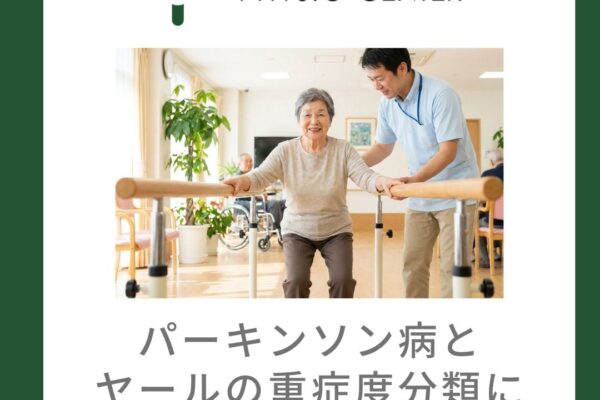After a stroke, people with hemiplegia often have difficulty maintaining body balance, resulting in slower walking speed and an increased risk of falls. These changes can bring anxiety and inconvenience to daily life.
In this study, we tested a special exercise called “Sling Exercise Therapy” for people with hemiplegia. This exercise uses slings—belts suspended from the ceiling or a frame—to support the body during movement. It not only strengthens the trunk (abdominal and back) and leg muscles but also stimulates proprioception, the body’s ability to sense position and movement.
Participants performed 30-minute sling exercise sessions, three times a week for six weeks. The results were:
- Reduced body sway and improved stability when standing
- Increased walking speed and improved ease of walking
- Better scores in balance tests and daily living activity evaluations
Compared to conventional rehabilitation, the effects were clearly visible. Since it can be done safely, incorporating this exercise into rehabilitation programs can help prevent falls and support independent living. For rehabilitation (exercise therapy) for hemiplegia using Redcord, please consult Redcord International Instructor Ota at the Physio Center.
Study: Effects of sling exercise on postural sway in post-stroke patients
Sling exercise using Redcord is an effective and gentle way to restore the ability to “stand” and “walk” for people with hemiplegia. It is often used in hospitals and rehabilitation facilities, so if you are interested, ask your doctor or physical therapist.
Stroke-induced hemiplegia leads to severe impairment of balance function due to muscle weakness in the trunk and lower limbs, as well as proprioceptive disorders. This results in reduced walking ability, limitations in daily activities, and a higher risk of falls. In this study, 18 hemiplegic patients, 6 months to 1 year post-onset, were assigned to either the Sling Exercise Therapy (SET) group or a control group receiving conventional therapy. The SET group underwent a standardized 30-minute program targeting trunk and lower limb muscle strengthening and neuromuscular control, three times a week for six weeks.
The SET group showed significant improvements in anterior-posterior and mediolateral sway velocity, sway area, and center of gravity displacement, with especially notable suppression in anterior-posterior sway. Walking speed over 10 meters and Berg Balance Scale scores also improved, along with positive effects on daily living activities (K-MBI). These improvements were significantly greater than in the control group.
Sling Exercise Therapy can be expected to provide benefits beyond muscle strengthening by simultaneously stimulating proprioceptive input and automatic postural control. This study quantitatively demonstrated that adding SET to conventional rehabilitation is effective for improving balance and walking ability in hemiplegic patients.
Adress: Physiocenter,
E-building, Tokyo Jikaei Medical university hospital,
3-19-18 , Nishi-shinbashi, Minatoku, Tokyo
HP: https://physiocenter.jp
Contact e-mail: info@physiocenter.jp (Physical therapist : Kosaku Ota, English Speaker )




